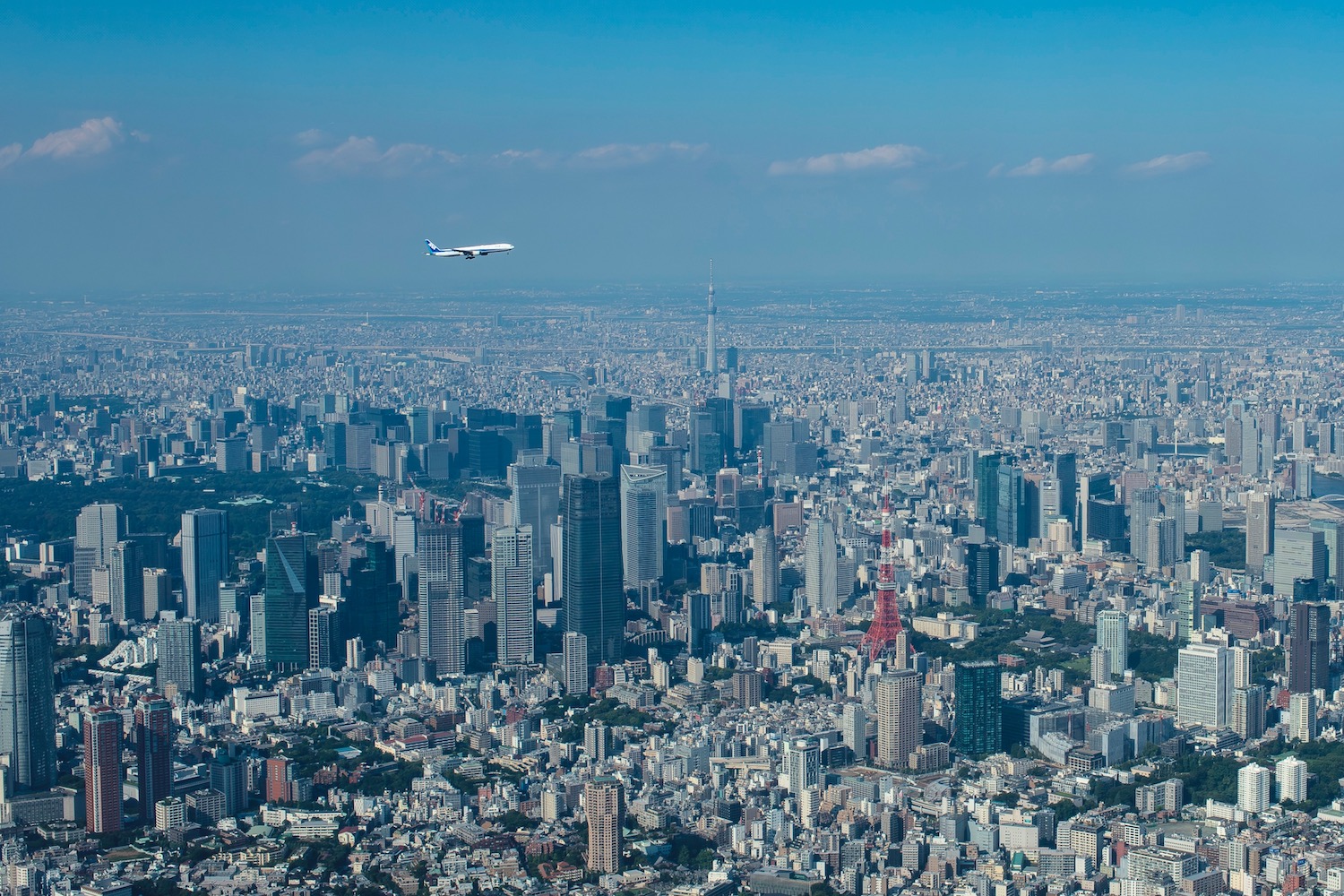Japan Airlines (JAL) and All Nippon Airways (ANA) are not the only two airlines in Japan, but they are the most important ones, and the ones you’re likeliest to fly. Over the decade-plus I’ve been traveling (and, at turns, living) in Japan, I’ve taken literally hundreds of flights on both of these carriers.
Spoiler alert: They’re both great—I don’t think I’ve ever had a “bad” flight on either of them. Most of my flights have been fantastic; some have been life-changing.
At the same time, these airlines are not identical, and each has distinct advantages over the other depending why you need to travel, where you’re going or how you want to get there. I’m confident my musings about ANA vs JAL will help you make the decision that’s right for you.
JAL and ANA are Both Fantastic Airlines
Is JAL or ANA better? Well, I have some opinions about that, but just know this: You’re going to have a great experience flying Japan’s two major airlines, no matter which one you take. From the high standard of service, which is undergirded by Japan’s cultural of omotenashi, to competitive seating and dining options in all classes, both these airlines are rightly designated as five-star carriers by Skytrax.
In others, there is no “wrong” decision here—choosing JAL when ANA might’ve been a slightly better option is not going to ruin your trip. It’s simply a matter of matching the carrier to your circumstances, whether in terms of schedule, pricing or even the aircraft you’re flying on. My goal over the next few paragraphs is to break down all the factors you need to consider when making a choice, so that you can make the best one.


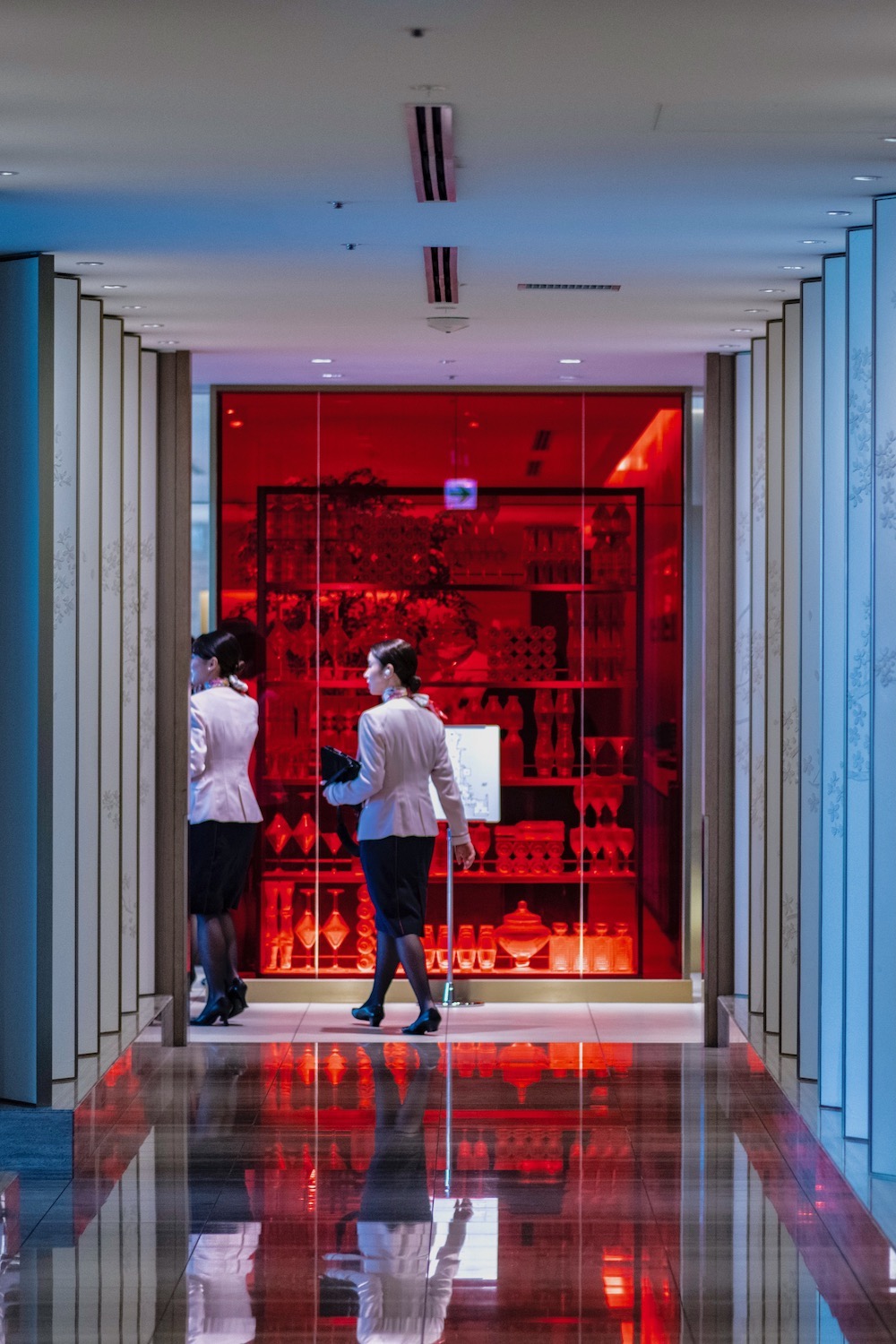

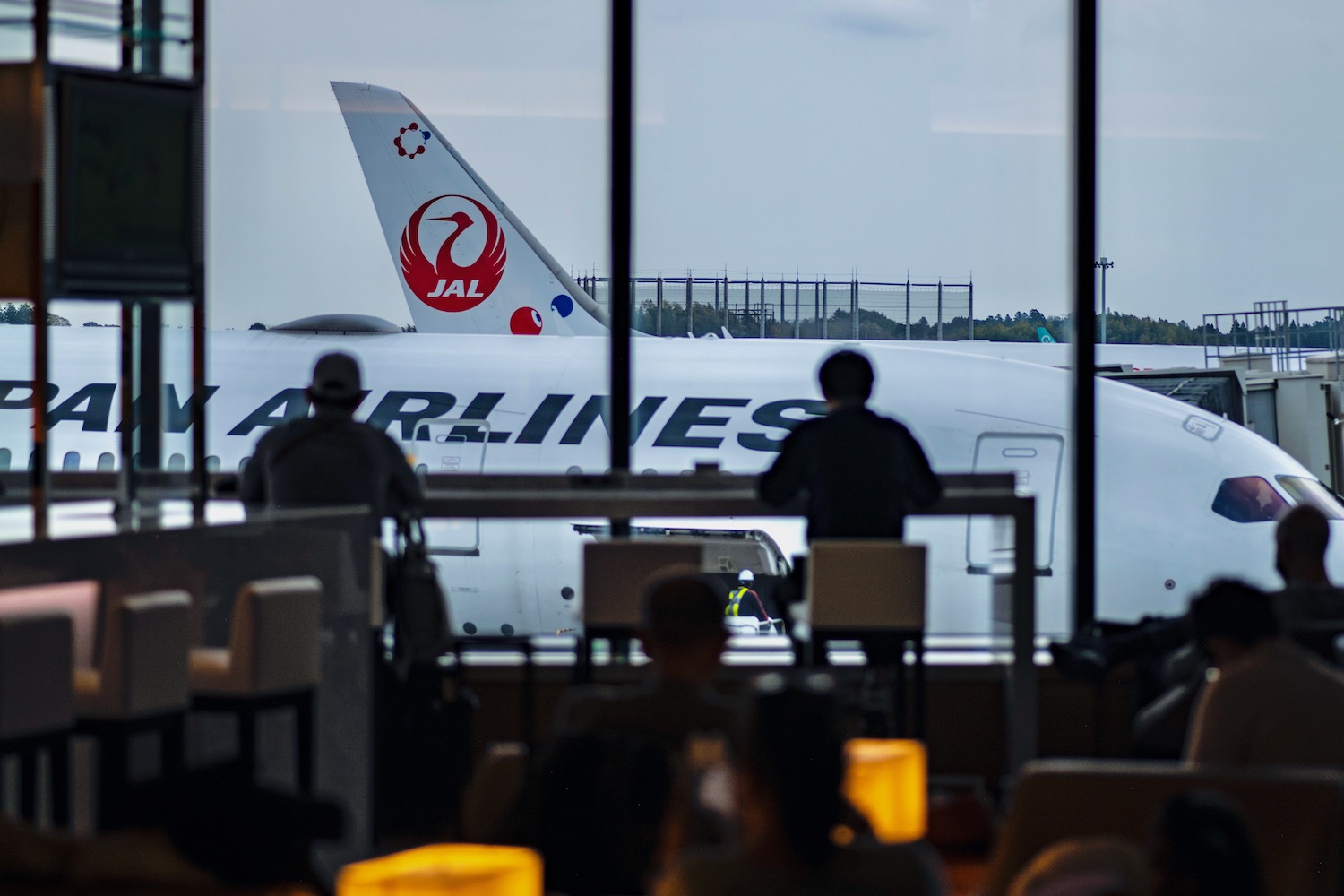
Way to Compare ANA with JAL
Economy class
The key thing to note, when comparing JAL vs ANA economy, is that JAL’s 787 economy seat is the widest in the sky. JAL is the only airline whose 787 economy is configured as 2-4-2 (which, notably, is how Boeing intended it). If the JAL flight you want to take isn’t served by a 787, the airline’s advantage is less pronounced. Seat notwithstanding, service, food and entertainment are similar in both ANA and JAL economy class. When I fly in economy on these airlines and can’t fly on a JAL 787, I make my decision entirely based on price and schedule.
Business class
As is the case with ANA vs JAL economy, I’d probably given JAL the advantage here, depending upon the type of aircraft. Specifically, JAL’s new A350-1000 business class is better than any offered on any ANA plane. On the other hand, if you plan to fly on a refurbished ANA 777-300ER equipped with “The Room” business class, this offers a superior experience to all of JAL’s disparate business class seats (apart from the A350 one I just mentioned).
First class
I might sound like a broken record by this point, but JAL’s A350-1000 is probably my favorite plane in the sky. Like with business, first class on this plane is on another level, with a massive suite as big as 9 economy class seats, with floor-to-ceiling privacy, a huge bed, a massive entertainment screen and service that feels totally individualized. ANA’s “The Suite” first class (available on the same retrofitted 777-300ER planes as “The Room”) is also great, however. By contrast, the older first class products on all of JAL’s 777s and ANA’s non-refurbished ones is underwhelming.
International route network
If you’re coming from or going to a top-tier city in the US, Europe, Australia or elsewhere in Asia—think New York, London, Sydney or Bangkok—you won’t have to choose between JAL or ANA. The main difference between the international route networks of Japanese airlines is where they’ve chosen to be creative. JAL, for instance, has better utilized its 787 aircraft to fly “long, thin” routes such as from Narita to San Diego and Boston, marking both cities’ first nonstops to Japan. ANA has innovated in Europe, having recently added Istanbul and Stockholm to its map.
Domestic route network
The differences between these airlines on the domestic front is even less pronounced: You can get almost anywhere in Japan on both airlines. These distinctions are barely noticeable to most passengers—if you aren’t headed to the San’in region, you won’t notice that JAL serves Izumo, while ANA uses Yonago as its gateway to the area. Likewise, both JAL’s Terminal 1 and ANA’s Terminal 2 at Haneda are competent hub facilities, with no obvious winner among them.
Alliance and airline partners
Airline alliances can be important if you’re comparing Japan Airlines vs ANA economy. This is because if you have elite status with oneworld or Star Alliance (the respective alliances to which each carrier belongs), you could get free seat assignments, priority check-in and lounge access. In general, I’d say that while I prefer Star Alliance’s airlines and network, and the ability to use points to book awards (more on that in a second), oneworld offers a “top” elite tier (oneworld emerald) that Star Alliance’s highest one (Star Alliance Gold) can’t compete with.
Fleet and livery
Detractors criticize the “Eurowhite” livery JAL has used for more than a decade, but I find that it perfectly embodies Japanese minimalism. Embellished with only bold, black titles and the iconic Tsurumaru crane logo, it immediately conveys JAL’s brand identity. Of course, ANA’s livery is also clean; I personally prefer the cooler color palette it uses. In terms of fleet, JAL currently wins out; none of ANA’s planes can compete with the aesthetic of or experience onboard the A350-1000. This may change, however, when ANA’s new 777-9 flagship enters service.
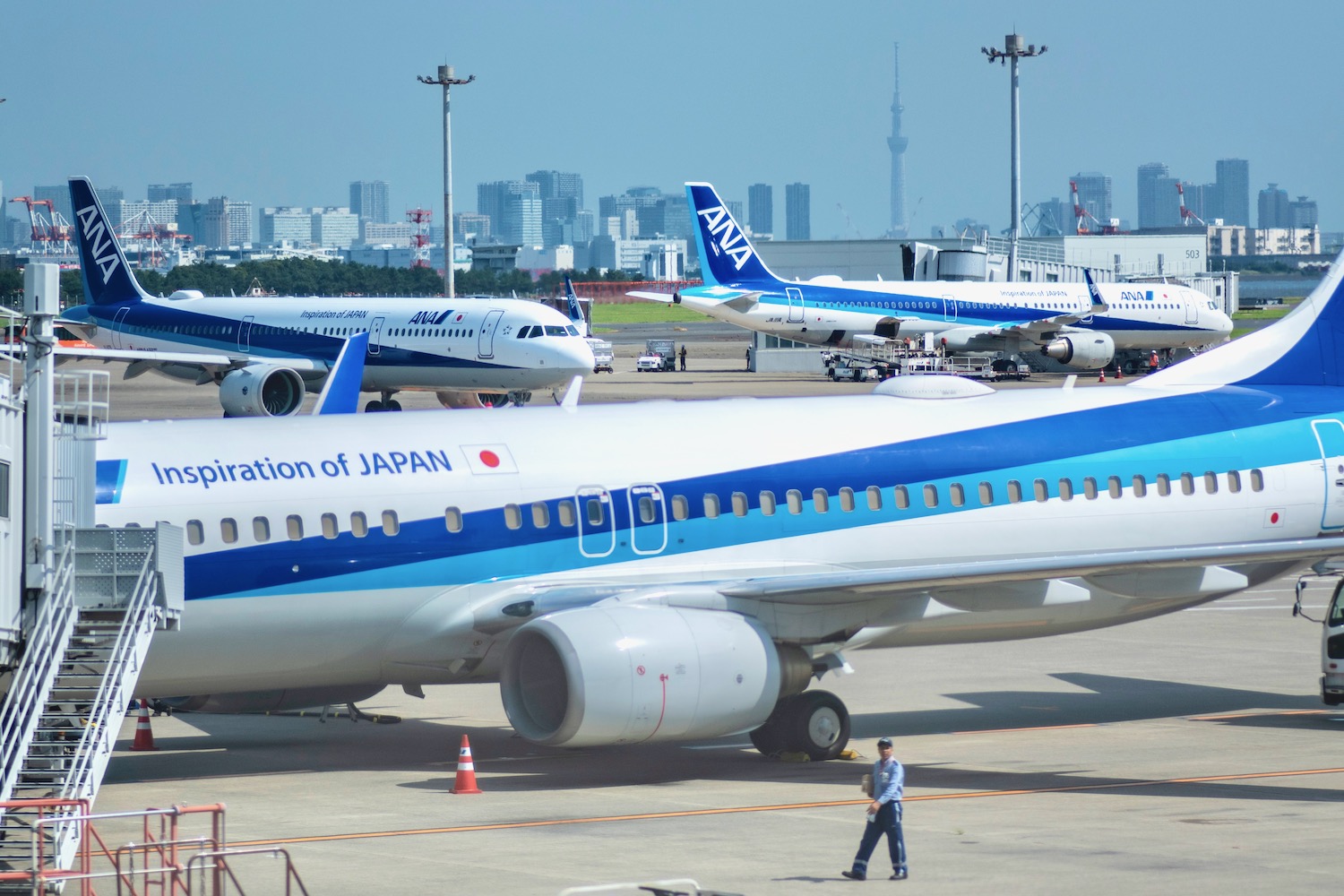

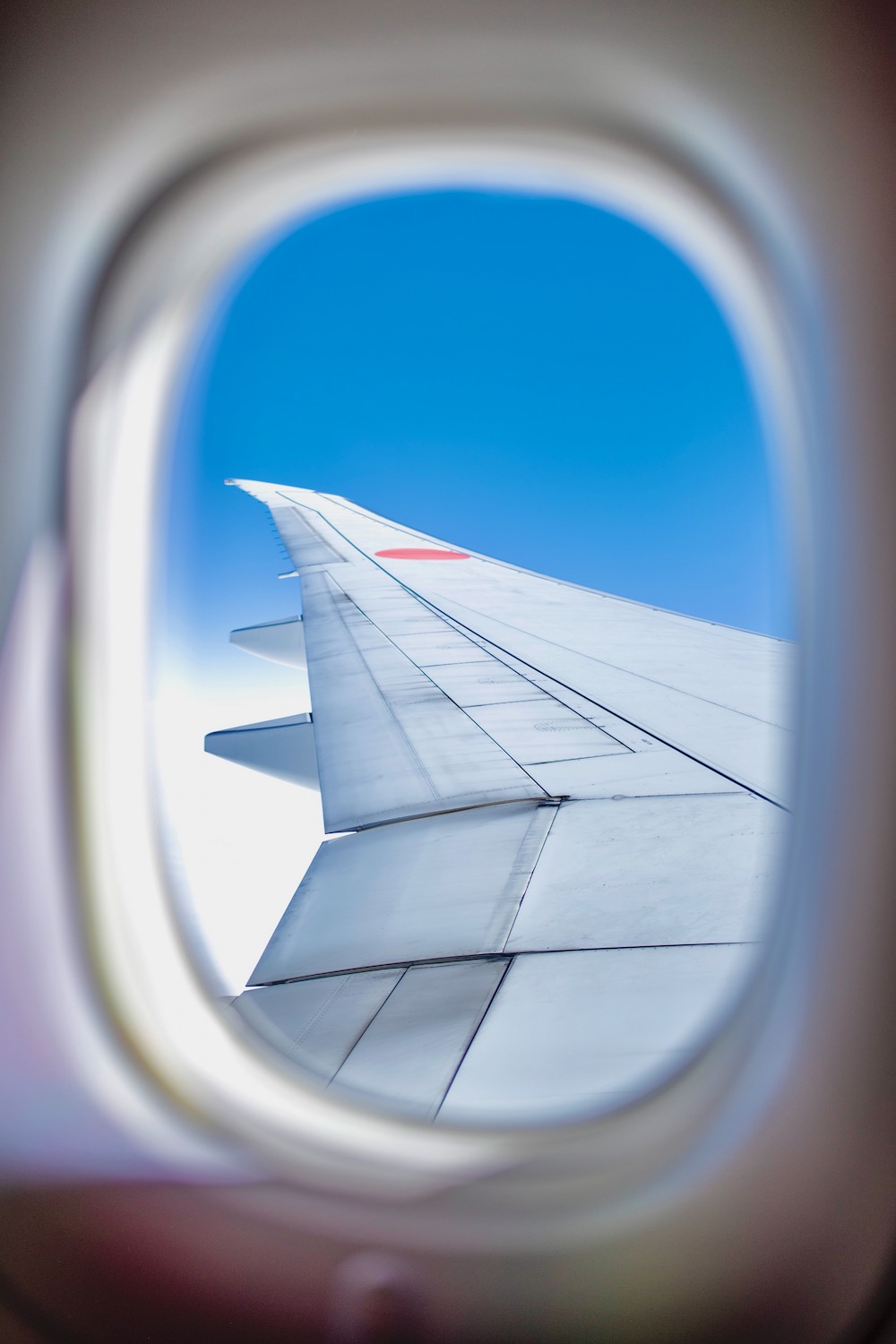


Is JAL or ANA Better for Award Travel?
I frequently fly in the “pointy end” of both JAL and ANA planes, but almost rare pay cash for the privilege to do so. Rather, I uses miles and points to book award travel. Here’s how these airlines compare of this front:
- As of this writing, the best way to redeem miles for JAL first and business class is via the American Airlines AAdvantage program. On one hand, availability is extremely limited, especially on routes served by the A350-1000, and often fails to trigger alerts on tools like Seats.aero. On the other hand, pricing between Japan and the US (60,000 miles for business and 80,000 miles for first) is an unbelievable value.
- Technically speaking, the best rates for flying first or business class on ANA are accessible via ANA’s own MileageClub, and via Virgin Atlantic Flying Club. Both programs have disadvantages though: Transfer to MileageClub can take days (which could see someone else book the flight you want); ANA awards using Virgin miles are only bookable via phone which is cumbersome. Instead, I recommend using Avianca Lifemiles or Air Canada Aeroplan to book ANA premium awards.
Other FAQ About ANA and JAL
Which is better JAL or ANA?
The Japan Airlines vs ANA debate is largely subjective, but I find that ANA offers a more consistently excellent product and more exquisite online service. With this being said, JAL is a materially better airline than almost any global carrier outside Japan. Additionally, JAL’s A350-1000 is a superior international aircraft to either ANA’s 777s or its Dreamliners.
What is the difference between JAL and ANA?
In addition to the differences between JAL vs ANA business class I highlighted earlier, I would say ANA tends to be more innovative with its seats and cuisine, while JAL take a more traditional, time-tested approach. On the other hand, ANA’s decision to refresh its long-haul fleet using the doomed 777-9 might prove a bad choice in the medium term.
Why is JAL so expensive?
Regardless of whether you consider it to be the best Japanese airline or not, JAL is definitely not cheap. As to why it’s expensive, this is primarily because JAL is a premium airline, especially long haul. Its huge 777-300ER aircraft are configured in a way that they only hold a couple of hundred passengers, for example, which naturally means that each will have to pay more.
The Bottom Line
ANA vs JAL—which is better? As frustrating as it sounds, that really depends. If you’re traveling in economy class, I’d give a slight edge to JAL, at least if the route you’re taking is served by its 787, which boasts the widest economy seat in the world. Indeed, aircraft type is key to deciding which Japanese carrier is best for you, even in premium classes: JAL offers superior business and first class products onboard its A350-1000, compared to any ANA jet, while the difference is less pronounced comparing both carriers’ 787 Dreamliner fleets. Need personalized help drilling down all the details of your next trip to Japan? Commission a custom Japan itinerary today!



